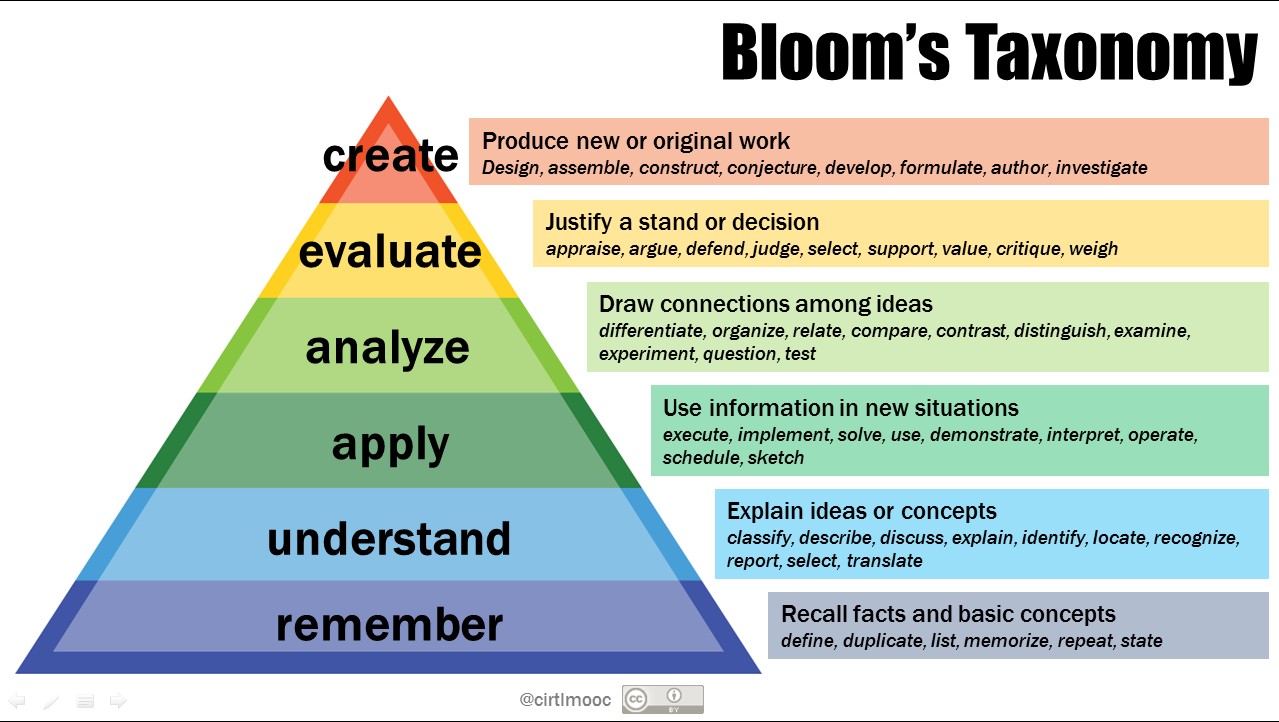
I'm 52 years old and I've never been good at reading. In fact, I'm constantly telling my children that I was never a good reader so that they don't feel so bad about being bad at reading themselves. They are always saying, "Why do we have to learn to read anyway?" and even though I basically agree with them, I try to think of times when reading is important such as when they get a text from their friends.
I really don't feel too bad about being a bad reader because just about everyone I know is bad at reading. In fact, we are always joking about being bad at reading. My sister-in-law is a middle school English teacher and every time we go to a restaurant we always make her read the menu to us. We just tell the waitress to hand the menus over to her and most of the time the waitress sort of laughs in agreement and says something like, "I get it. I'm a terrible reader too." And we all have a big laugh.
 People who can read must be really smart. Everyone knows this. In school, we always knew who the smartest kids were because they were able to read. When teachers told me to read, I just tried to memorize the facts that I needed to know to answer the questions at the end of the chapter. That's what I tell my own children to do because I really can't help them with their reading and they know that I can't really read very well anyway.
People who can read must be really smart. Everyone knows this. In school, we always knew who the smartest kids were because they were able to read. When teachers told me to read, I just tried to memorize the facts that I needed to know to answer the questions at the end of the chapter. That's what I tell my own children to do because I really can't help them with their reading and they know that I can't really read very well anyway.High school reading was the worst. Seriously, how are normal people supposed to memorize all of those words AND their meanings. It really isn't humanly possible, except for people that have reading brains--I guess.
----------------------------------------------------------------
Does this sound familiar to you? Are you constantly telling your kids and your friends that you're terrible at reading? Do you get tense when have to read something? Do you have reading anxiety?
Who would brag about not being able to read? Who would ever suggest to their very own children that reading isn't important? It's absurd. No adult or parent would openly laugh about not being able to read.
But, sadly, adults and parents often say these things about mathematics. Some people actually believe that there is such a thing as a "math brain". Many people view people who are good at math as being "smart". And I have often been in a restaurant when my friends and relatives have passed the check to me to figure out the tip--all the while laughing and being very open about their inability to do math.
 What sort of message are we sending to our children when so many adults joke about not being able to do math? Too many children feel that they are given a "pass" from the adults in their lives to be poor at math. This leads to a lack of effort in the classroom which leads to a lack of understanding. Every math teacher has (at some point in their career) said to a parent, "Your child could do so much better in mathematics if he/she put in the effort."
What sort of message are we sending to our children when so many adults joke about not being able to do math? Too many children feel that they are given a "pass" from the adults in their lives to be poor at math. This leads to a lack of effort in the classroom which leads to a lack of understanding. Every math teacher has (at some point in their career) said to a parent, "Your child could do so much better in mathematics if he/she put in the effort."
This is something that we can fix. This is something that every parent can do to help their child to do better in math. Stop saying that you were never good at math. Make sure that your children understand that they can do anything and they can learn anything; but they have to try. Learning isn't always easy. No one expects you to "get it" the first time. It takes effort and mistakes and try, try again.
Learning reading and mathematics isn't all that different. The difference is our attitudes toward them.







